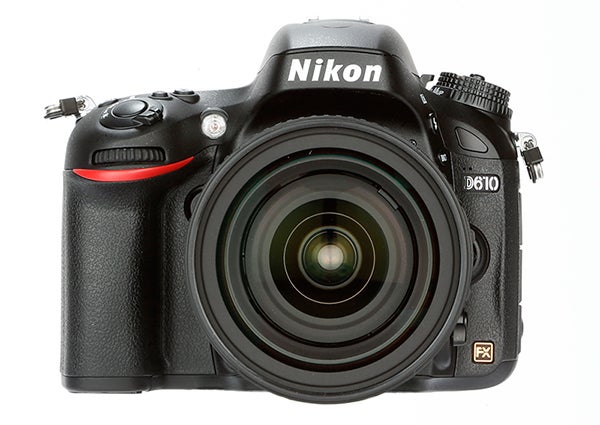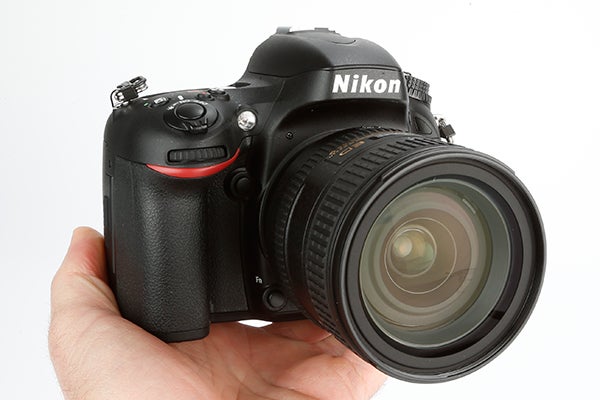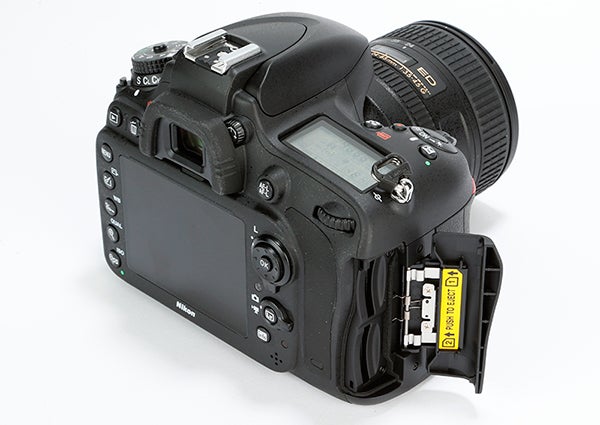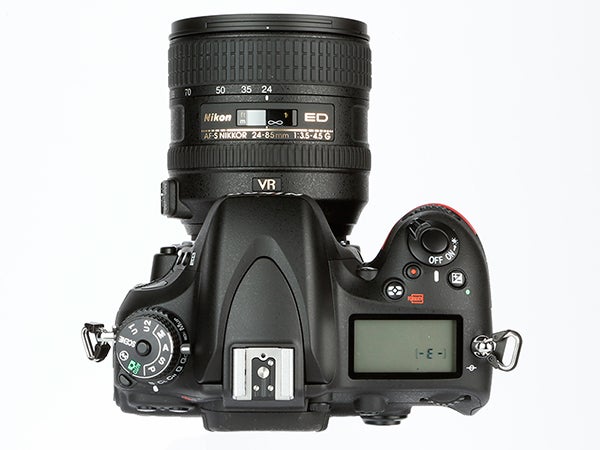Nikon D610 Review - Design and Performance Review
Design and Performance
The Nikon D610 looks to right the infamous wrongs of its predecessor

Sections
- Page 1 Nikon D610 Review
- Page 2 Design and Performance Review
- Page 3 Image Quality and Verdict Review
Design
There’s very little to distinguish the D610 from its predecessor. Once again, as with the specification of the D610 being so similar to the D600 not being a bad thing, the same is true of the design as the D600 was both an attractive and functional camera.
As you’d expect from an advanced DSLR such as the D610, the model sees a range of external controls dotted around the body of the camera offering direct access to key shooting functionality.
The dials themselves are well proportioned, offering a comfortable hold and a pleasing amount of resistance upon turning. The mode dial on the camera’s top plate is also well designed and is lacking in any unnecessary clutter. The mode dial is supplemented by an additional release mode dial that sits beneath it, with the pair both benefiting from a locking mechanism to guard against unwanted turning.
In terms of the camera’s construction, the Nikon D610 features both top and bottom plates constructed from magnesium alloy, offering solid build quality. The rest of the camera is constructed from poly-carbonate plastic, with the two materials combining to offer a decent level of weather sealing against the elements.

The D610 feels solid in the hand thanks to a generous hand-grip that easily accommodates even larger hands without the little finger hanging off the end.
Performance
Apart from the purported dust spot / oil shutter mechanism issue, the D600 delivered an impressive level of performance that was sure to please any advanced photographer.
We tested out the Nikon D610 to well in advance of the 3,000 shot mark at which dust spots were previous noticed and when inspecting images at 100% magnification we can confidently note the absence of any oil or dust.
It’s fair to say that the new shutter mechanism has solved that issue, but are the other benefits of the new mechanism up to scratch?
While the D610 matches the claimed 6fps continuous shooting rate with ease, the ‘Quiet Continuous’ shooting mode is somewhat of a disappointment. Although it’s certainly quieter than before, it’s still audible and will be too loud for shooting close-up to wildlife, for example.
One slight disappointment with the camera’s performance is with AF speed in Live View mode. When trying to track moving subjects in Live View the AF speed really isn’t up to scratch and in general it really only excels when it comes to working with static subjects close-up.
AF performance in the traditional sense is a lot more impressive, with Nikon’s 3D Tracking AF system particularly catching the eye. If you want to fine tune the AF performance, the 29, 21 and 9-point Dynamic AF modes are also pleasing.
Whichever mode you chose to utilise, the AF system locks on the subject in almost any lighting conditions and delivers a level of performance in keeping with the high-end proposition of the Nikon D610.

